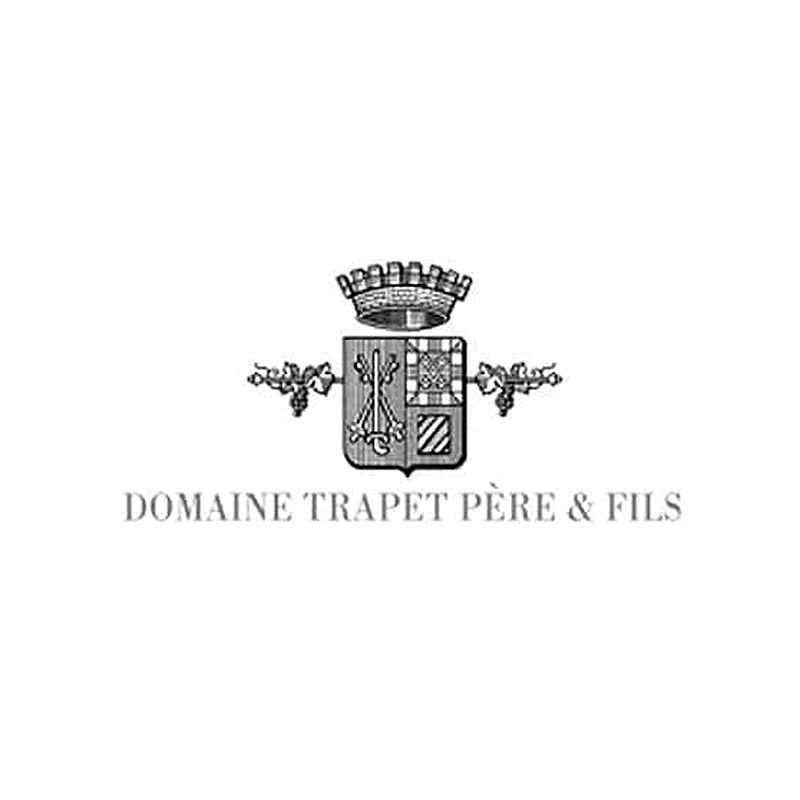Domaine Trapet Père & Fils
Domaine Trapet is an 18-hectare estate with impressive vineyard holdings in and around Gevrey-Chambertin; notably five Premier Cru sites, and three of the most sought after Grand Crus: Chapelle-Chambertin, Latricières-Chambertin, and the mighty Le Chambertin. Domaine Trapet is now 3 star in the Revue des Vins de France, alongside Romanée Conti and Armand Rousseau.

History
Seven generations of the Trapet family have tended the estate’s Gevrey-Chambertin vineyards. In the 1920s, the Trapets had amassed one of the largest vineyard holdings on the Côte d’Or, but it wasn’t until the 1960s that the family began bottling their wines. In 1993, the winery – until then known as Domaine Louis Trapet – was divided to allow a new generation to go their separate ways. It was then that the estates of Domaine Rossignol-Trapet and Domaine Trapet Père & Fils emerged. It was also around this time that Jean-Louis Trapet, now at the helm of Domaine Trapet Père & Fils, decided to farm the estate according to biodynamic principles.
Viticulture & Winemaking
Jean-Louis moved towards biodynamic farming in the mid 1990s, working first with guru Francois Bouchet and now with Pierre Masson. The domaine has been certified by Biodivin since 1998 and Demeter from 2005.
Winemaking
Winemaking practices have also evolved dramatically over the past 25 years. Once known for its heavily extracted, lavishly oaked style, the wines of Domaine Trapet are now the epitome of Burgundian elegance, purity, and finesse. Vinification techniques depend on the vintage but generally consist of a brief period of cold maceration, followed by fermentation in open top wood fermenters with partial inclusion of stems (30 to 50%). Maceration is long and slow, with delicate extraction via punch-down and then gentle pump-overs in the later stages. Regional and village wines see 20% new French oak over 12 months of ageing, while Premier and Grand Crus are matured for 18 – 20 months in 35 – 50% new French oak. Sulphur is added only at bottling, in minute doses.
Domaine Trapet Alsace
Jean-Louis’s Alsatian-born wife Andrée Trapet took over her parents Riquewihr vineyards in 2002 and converted the domaine to biodynamic methods, with support of Jean-Louis and their sons Pierre and Louis. The Trapet Alsace estate comprises some of the best Grand Cru vineyards in Alsace. The wines, like their Burgundy relatives, are all about finesse and elegance.
